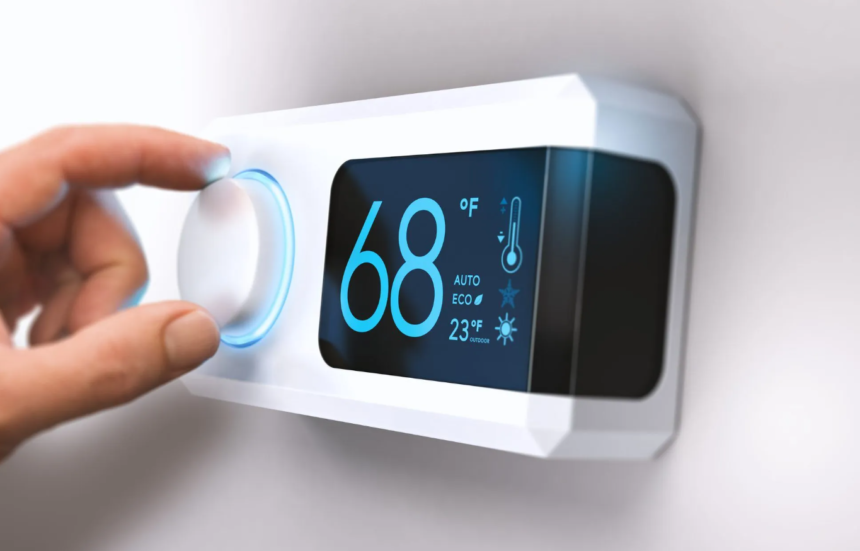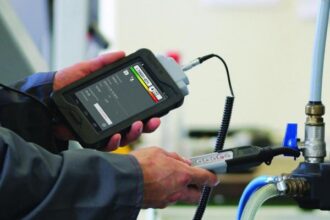A thermostat acts like the brain of your heating and cooling system. When it’s functioning well, you enjoy cozy warmth in winter and cool breezes in summer. But when your thermostat goes haywire, it can lead to discomfort and higher energy bills. So, how do you know if yours needs a little tune-up? Let’s dive into the signs your thermostat might be off-kilter.
Inconsistent Temperatures
Have you noticed that some rooms in your home are warmer or cooler than others despite setting the thermostat to a consistent temperature? This disparity can be frustrating and indicative of a problem with your thermostat. One possible issue is that your thermostat isn’t accurately reading the temperature, leading to uneven heating or cooling throughout your home. This inconsistency can make your living environment uncomfortable. According to experts offering thermostat repair services, regular recalibration can solve this issue by ensuring that your thermostat correctly reflects the actual temperature of your living spaces.
HVAC System Running Constantly
If your HVAC system seems to be running non-stop, it may indicate that your thermostat is not accurately detecting the indoor temperature. An overactive system leads to higher energy bills and can wear out your HVAC components faster. Check your thermostat to ensure it’s reading temperatures correctly. Persistent operation of your HVAC system can also affect its overall health, requiring frequent maintenance work. Ensuring that your thermostat isn’t overestimating the amount of work your HVAC system needs to do is essential for energy efficiency and longevity.
Frequent Cycling
The term “short cycling” refers to your HVAC system turning on and off more frequently than usual, and this could be another sign that your thermostat needs recalibration. According to Energy Star, short cycling can significantly reduce the lifespan of your HVAC equipment and lead to higher maintenance costs. Make sure your thermostat is correctly calibrated to avoid these issues. Frequent cycling wears out your HVAC system faster. It makes it less efficient, leading to uneven temperatures and increased energy consumption.
Display Issues
A completely blank screen or a display that shows incorrect temperatures can indicate a faulty thermostat. Before jumping to conclusions, try replacing the batteries. If the display malfunctions, it might be time to recalibrate or replace the unit. Display issues can often mislead homeowners into thinking everything is functioning normally when it’s not. A faulty display could be a simple fix or a sign of a more significant internal issue, making it crucial to pay attention to these early warning signs.
Unresponsive Thermostat
If your thermostat is unresponsive when you try to adjust the settings, it could have trouble communicating with your HVAC system. An unresponsive thermostat typically points towards calibration issues or internal faults. Addressing unresponsiveness promptly can save you from almost certain higher energy costs. Ensuring that your thermostat correctly communicates with your HVAC system is vital for maintaining a comfortable living environment and controlling energy costs.
Incorrect Readings
You can use an independent thermometer to check if your thermostat reads temperatures accurately. Recalibration may be necessary if there’s a significant difference between the thermostat reading and the independent thermometer. ASHRAE offers guidelines on maintaining your HVAC systems that can be useful in such situations. Accurate readings are essential for the optimal functioning of your HVAC system. Incorrect readings can lead to your HVAC system working harder than it needs to, unnecessarily consuming more energy and increasing your utility bills.
Age of the Thermostat
Older thermostats can become less accurate over time. If your thermostat is over ten years old, it may not function as well as it used to. Regular recalibration can help extend the life of an older unit. Still, sometimes, a replacement may be more cost-effective in the long run. Newer models often come with advanced features that can save you money in the long term. Upgrading to a modern thermostat can provide more accurate readings and better control, potentially lowering energy costs and improving your home’s comfort level.
Higher Energy Bills
A sudden increase in your energy bills could also indicate thermostat issues. An inaccurately calibrated thermostat can cause your HVAC system to overwork, consuming more energy than necessary. Addressing this can result in considerable energy savings. Keeping an eye on your energy bills can help you identify these problems early, preventing additional costs. Ensuring your thermostat is functioning correctly can lead to lower energy consumption and more predictable energy bills, making it easier to manage your household budget.












